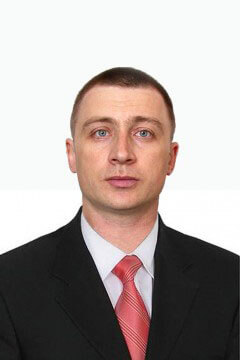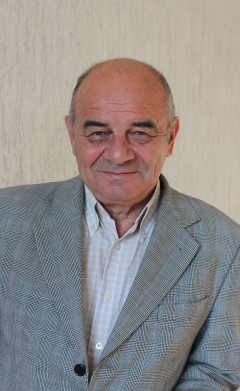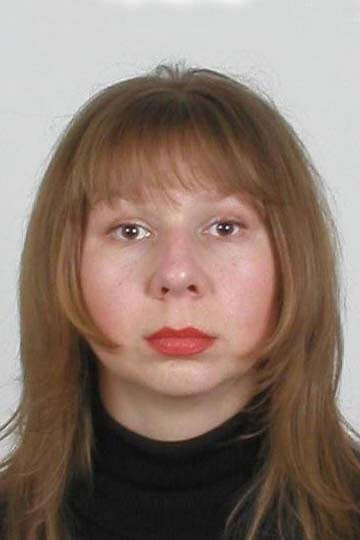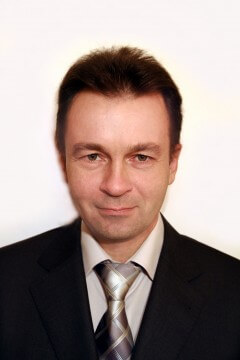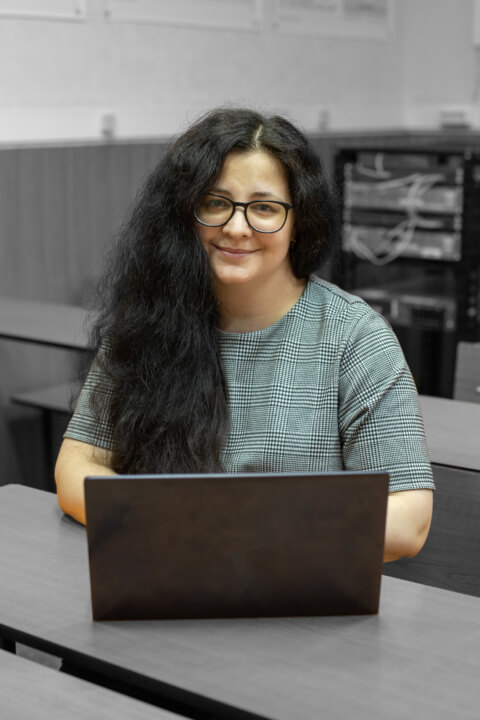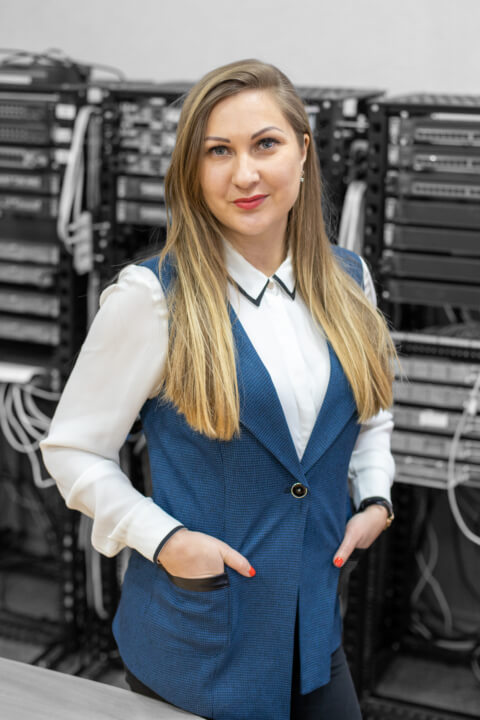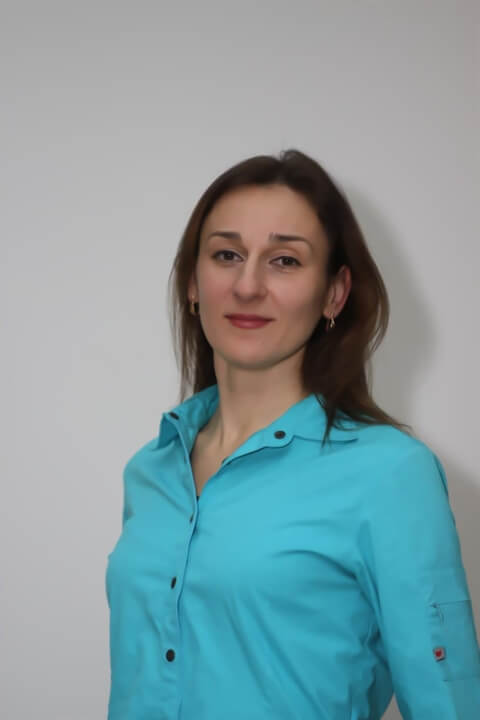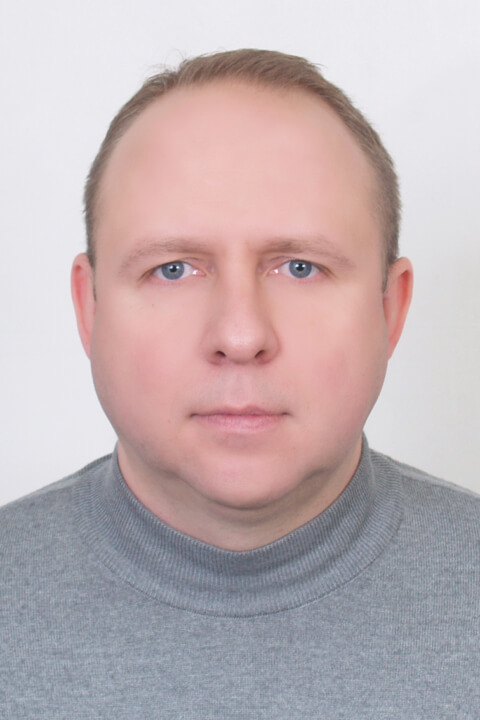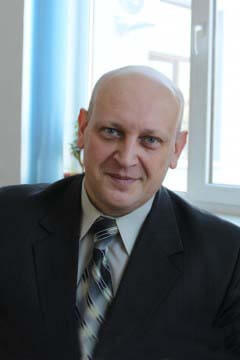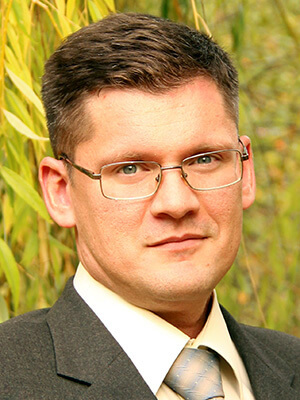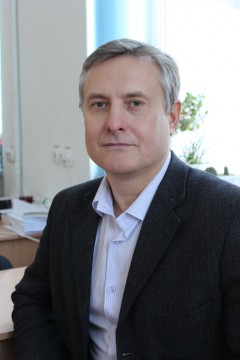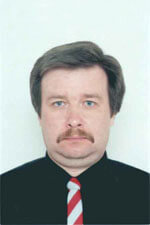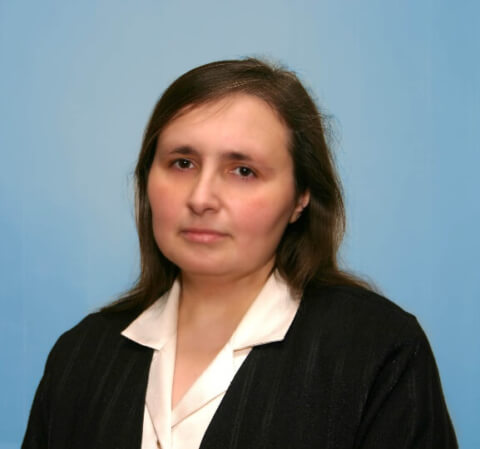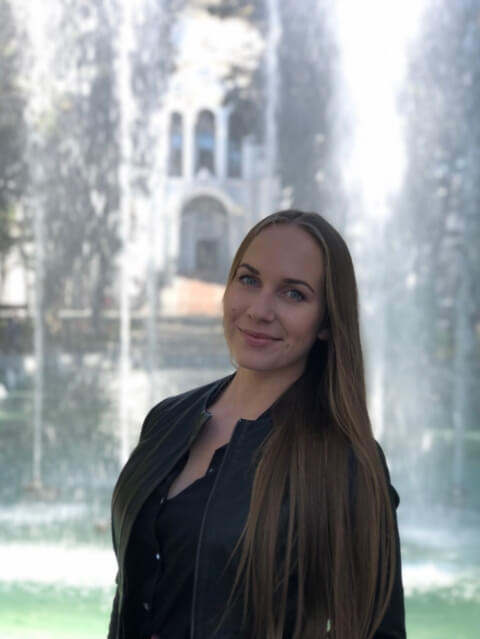TRAINING AND RESEARCH LABORATORY FOR RADIO MONITORING, TECHNICAL PROTECTION OF INFORMATION AND OCCUPATIONAL SAFETY
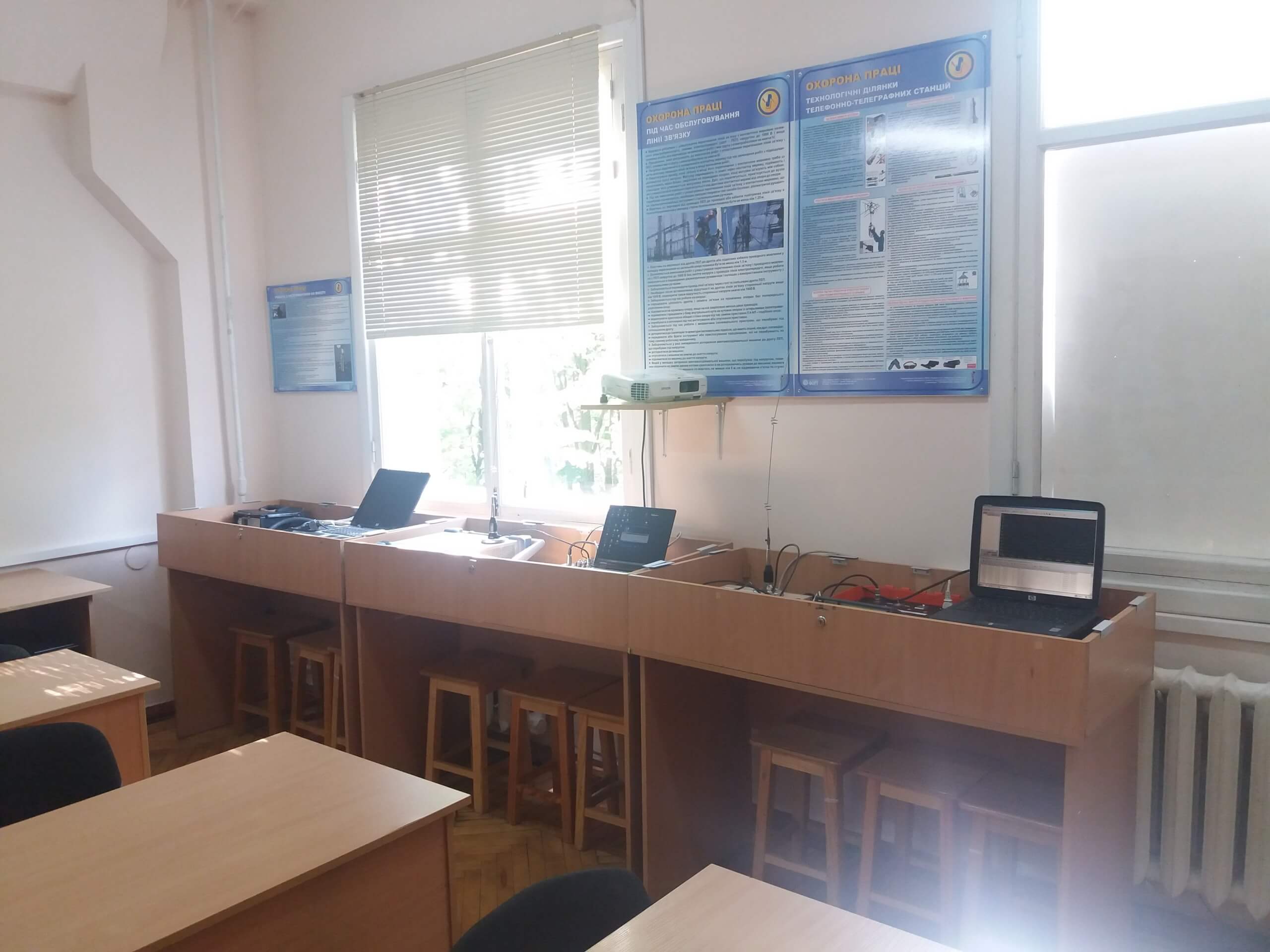 The laboratory provides training for students of all forms of education in specialities 172 – Telecommunications and Radio Engineering, 125 – Cybersecurity with Ukrainian and English languages of teaching.
The laboratory provides training for students of all forms of education in specialities 172 – Telecommunications and Radio Engineering, 125 – Cybersecurity with Ukrainian and English languages of teaching.
The laboratory is in the auditorium 24з. In responsible charge – associate professors Shtanhei S.V., Martynchuk O.O.
THE EQUIPMENT ALSO INCLUDES RADIO MONITORING EQUIPMENT, PERSONAL COMPUTERS, RADIO CONSTRUCTORS, OCCUPATIONAL SAFETY STANDS SUCH AS:
- automatic broadband digital radio AR5000 (It can run software for radio monitoring, which allows to create automated software and hardware systems for various purposes: round-the-clock long-term radio monitoring and radio control (including collection and storage of data on the state of the radio frequency spectrum) illegally operating radio transmitters, detection of special technical means for secret receipt of information, maintenance of a database of frequency assignments, detection of sources of radio interference);

- spectrum analyzer for determining the parameters of signals SPECTRUM ANALYSER – 9 kHz… 30 GHz manufactured by RONDE & SCHWARZ (It has the advantages of wide bandwidth, high solutions, high dynamic range, high accuracy, low phase noise and fast measurement speed);
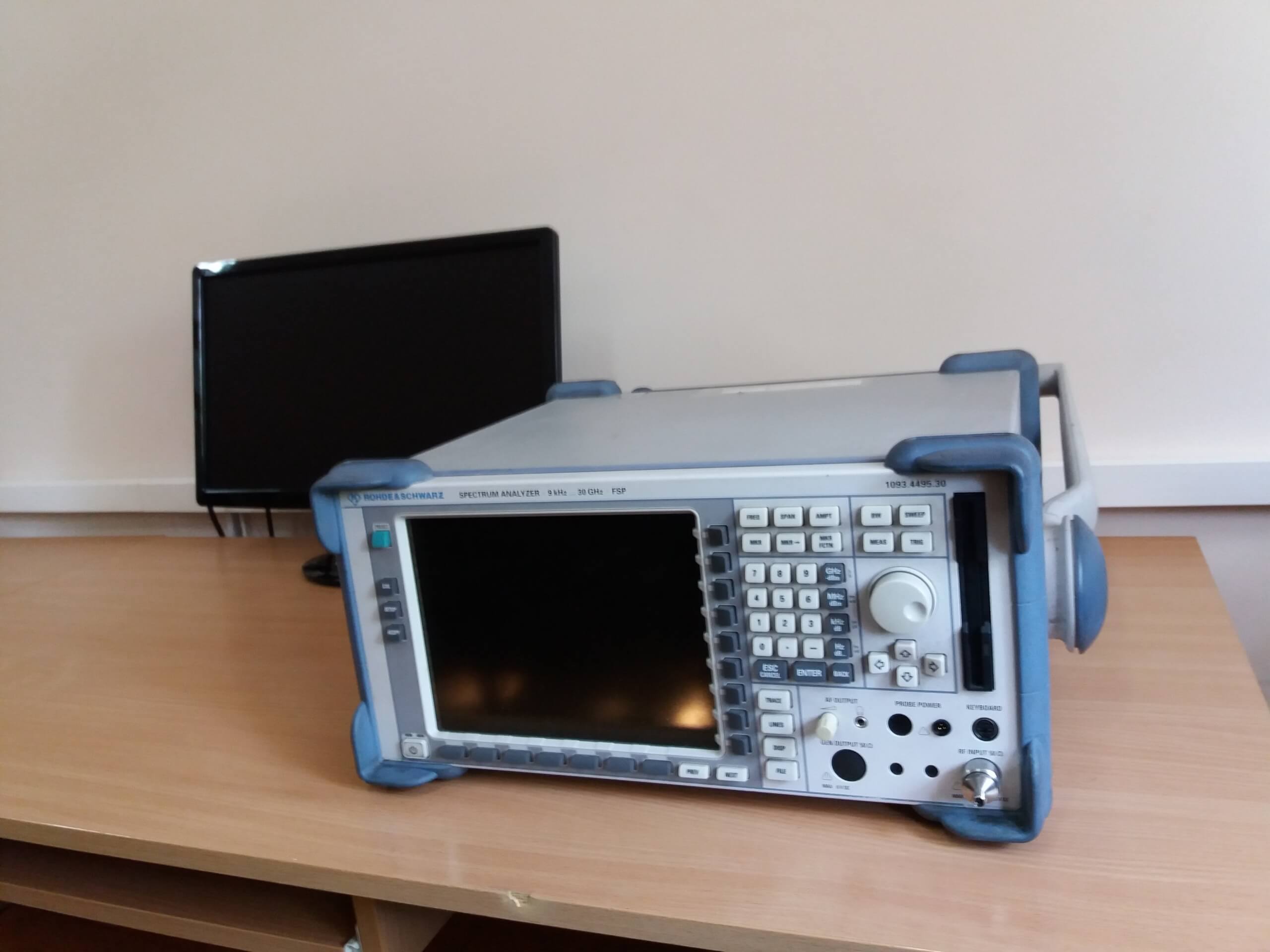
- the mobile radio monitoring device EB 100 20… 1000MHz (MINIPORT) and MINI PANORAMA EPZ 100 (designed for various tasks, including frequency monitoring, radio surveillance, radio interception, measurement of electromagnetic compatibility and frequency range. This is extremely useful for tracking direction errors);
- the mobile multifunctional station of automatic radio control PM-1300M (for the decision of problems of technical radio control at work in the conditions of city building).
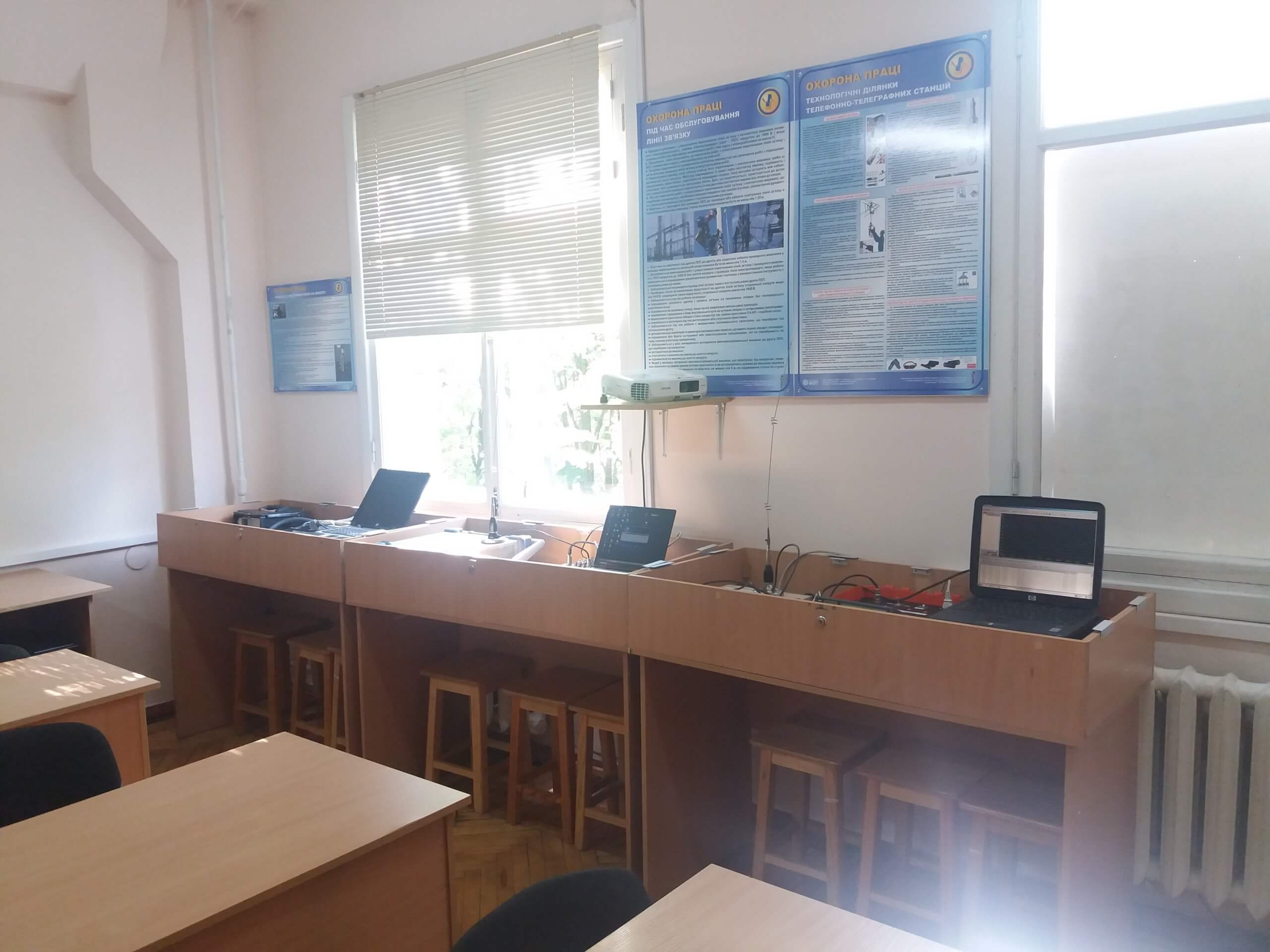

USE OF TECHNOLOGY AVAILABLE IN EDUCATIONAL AT THE DEPARTMENT HELPS TO READ LECTURES, CARRY OUT LABORATORY AND PRACTICAL CLASSES ON ARRANGE OF UNIVERSITY DISCIPLINES:
- Fundamentals of Radiomonitoping;
- Subscriber Radio Access Network;
- Bases of Circuitry;
- Directing System of Electrical and Optical Communication;
- Bases of technical information security;
- Basics of Circuit Engineering and Basics of Circuit Theory.
LABORATORY PROVIDES PERFORMANCE OF LABORATORY WORKSHOP ON THE INDICATED DISCIPLINES ON THE FOLLOWING TOPICS:
- Study of parameters of the directed microphone.
- Study of parameters of re-radiation signals during nonlinear radar operation.
- Study of the AR5000 scanning receiver.
- Study of the possibility of organizing the automation of radio frequency control using the spectral analysis program Radio Scope.
- Study of possibilities of search of models of embedded devices by means of the mobile block of monitoring of a spectrum of Mini Panorama EPZ-100.
- Study of parameters of quality of work of a personal network of Bluetooth with use of the simulator.
- Study of parameters of quality of work of a local area network of Wi-Fi with use of the simulator.
- Study of parameters of quality of work of WiMAX network with use of the simulator.
- Study of signal parameters using a multi-channel receiver in manual mode.
- Study of signal parameters using a multi-channel receiver in automatic mode.
- Analysis of the operation of controls in the broadband search mode.
- Study of possibility of the organization of automation of radio frequency control
- Study of electric circuits on direct current and research of Ohm’s and Kirchhoff’s laws.
- Study of zero-order electric circuits on direct current and research of methods of nodal currents, contour currents and superposition theorem.
- Study of frequency characteristics of filters.
- Study of transient oscillations in circles of the first and second order and their frequency characteristics.
- Study of the operation of a wide-range functional radio receiver AR5000 in manual control mode.
- Study of the operation of a wide-range multifunctional radio receiver AR5000 in automatic control mode.
- Study of the operation of the signal detection system and technical analysis of their parameters SM-170 in various modes.
- Study of the operation of the mobile radio monitoring station RM-1300 in various modes.
- Study of signal parameters using a mobile spectral analysis tool.
- Study of the work of a small-sized mobile radio monitoring device.
- Study of the operation of the control facilities of the automated radio monitoring complex in various modes using the “Radio Scope” program in an autonomous mode.
- Study of the main parameters of radio signals using the Micro-Cap simulator program.
- Study of the main parameters of radio signals using the HDSDR (High Definition Software Defined Radio) radio receiver control program.
- Study of the main parameters of radio signals using the WSJT (Weak Signal Communication, by K1JT) software for controlling a radio receiver for communication in the amateur band.

Fig. 1. Spectrum analyzer for determining signal parameters

Fig. 2. Automatic broadband digital radio receiver
Automatic broadband digital radio receiver AR5000 can be used under the control of software for radio monitoring. It allows you to create automated software and hardware systems for various purposes: round-the-clock long-term radio monitoring and radio monitoring (including collection and storage of data on the state of the radio frequency spectrum), set up radio electronic equipment, search illegally operating radio transmitters, identify special technical means for secretly obtaining information, database maintenance of frequency assignments, identify sources of radio interference.
The disciplines “Life safety”, “Labor protection”, “Labor protection in the field and civil protection” are also taught on the basis of this laboratory.
Laboratory and practical works are performed in these disciplines.
LABORATORY WORKS:
Laboratory work №1. The use of meters type PZ to determine the energy flux density of electromagnetic fields of ultrahigh frequencies in the workplace
The purpose of work is to acquire the method of determining the energy flux density of electromagnetic fields of ultrahigh frequencies in the workplace under the conditions of standards and to develop the ability to conduct measurements of electromagnetic fields of ultrahigh frequencies.
Laboratory work №2. Hygienic assessment of ultra-high frequency radiation of telecommunication radio systems on the territory of residential development
The purpose of work is to acquire the method of hygienic assessment of ultra-high frequency radiation of telecommunication radio systems in the residential area and to develop the ability to measure and evaluate measured radiation levels under specified conditions from the point of view of occupational safety and health.
Laboratory work №3. Hygienic assessment of ultrahigh frequency radiation of telecommunication radio systems in the workplace and determination of the effectiveness of protective screens.
The purpose of work is to acquire the method of hygienic assessment of ultrahigh frequency radiation in the working area of telecommunication radio systems and industrial premises. Investigate the effectiveness of some protective screens and materials (calculate their effectiveness) and to get acquainted with the main methods and means of protection against electromagnetic radiation in industrial premises.
Laboratory work №4. Hygienic assessment of ultrahigh frequency radiation of subscriber radio access terminals of telecommunication systems
The purpose of work is to acquire the method of hygienic assessment of microwave radiation of subscriber radio access terminals of telecommunication radio systems and to acquire skills in using Rohde & Schwarz (R&S) FSP measuring equipment to estimate the radiation power of subscriber radio access terminals of telecommunication radio systems.
PRACTICAL LESSONS:
Practical training №1. Research of human biorhythms and their influence on working capacity
The purpose of work is to acquire the method of studying human biorhythms and calculating critical and favorable periods in individual annual cycles and to develop the ability to assess the impact of biorhythms on human performance.
Practical training №2. Determining the level of human meteorological sensitivity and their impact on performance
The purpose of work is to acquire the method of determining the level of influence of weather conditions on human performance and to get acquainted with measures and means to prevent meteotropic reactions.
Practical training №3. Ergonomic support for the organization of the operator’s workplace on a PC display
The purpose of work is to acquire the method of organization of the operator’s workplace on a PC display, taking into account ergonomic requirements; perform a practical task of ergonomic support for the organization of the operator’s workplace on a PC display.
Practical training №4. Ergonomic methods for determining the efficiency of the human operator
The purpose of work is to acquire the method of studying the efficiency of the human operator, followed by analysis and evaluation of the impact of the data on human performance.
Practical training №5. Assessment of psychological personality traits that affect the safety of activities
The purpose of work is to identify individual psychological qualities that determine the psychological security of the individual in conditions of physical danger, to identify differences in these qualities for groups of people participating in testing.
Practical training № 6. Quantitative assessment of the risk of hazards
The purpose of work is an acquisition by students of skills of quantitative assessment of degree of risk at an estimation of occurrence of danger of a certain class.
Practical training № 7. Research of characteristics of human attention at information processing
The purpose of work is to acquire the method of research and evaluation of test trials of some characteristics of attention, which allow to determine the effectiveness of human work in the processing of operational information.

 Українська
Українська
